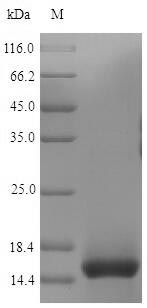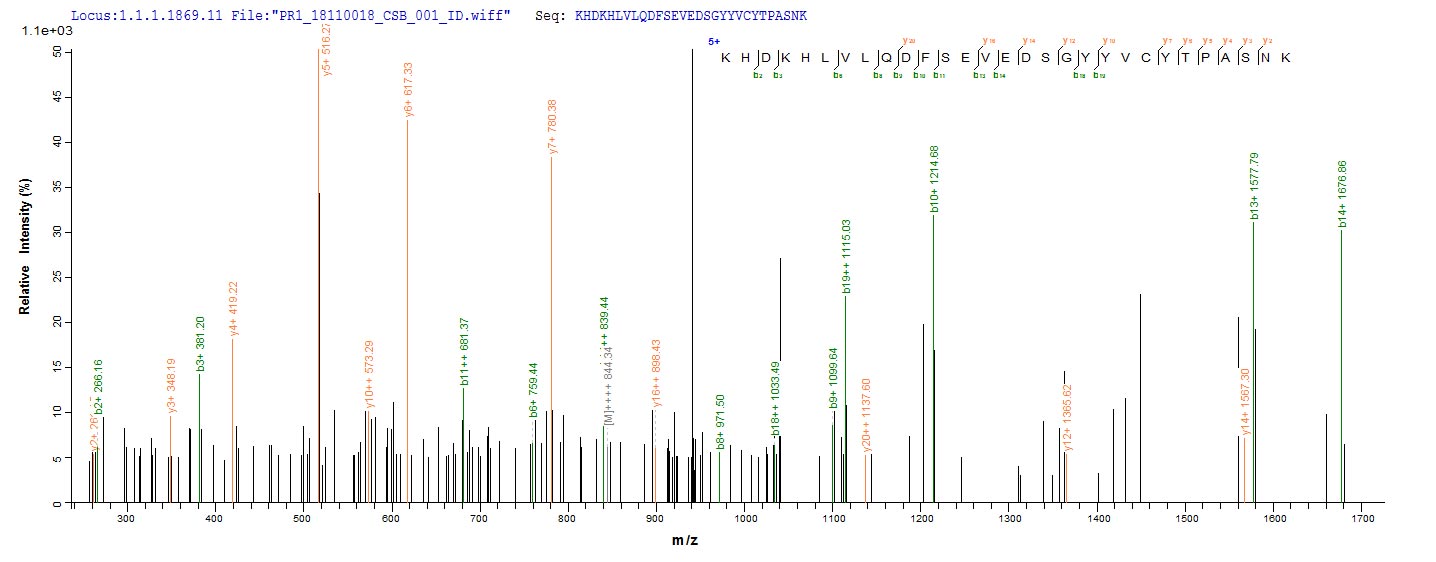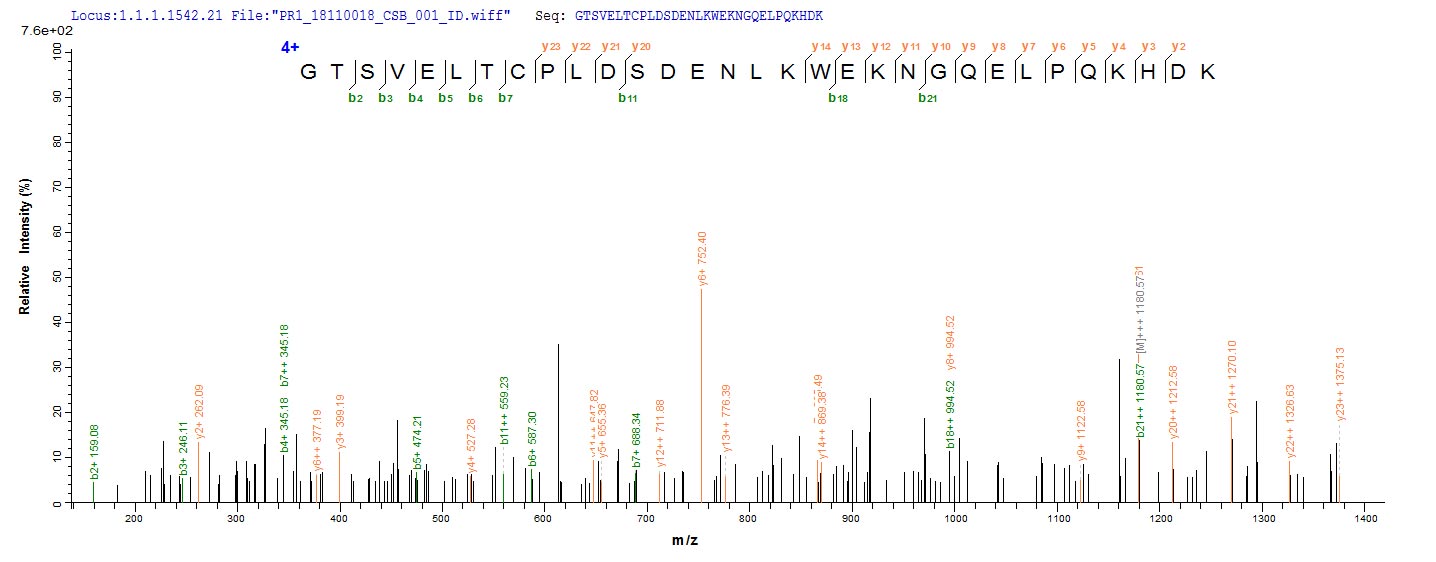To achieve the expression of the recombinant mouse Cd3e protein in yeast cells, a DNA fragment encoding the mouse Cd3e protein (23-108aa) is inserted into a plasmid vector along with the N-terminal 6xHis-tag gene, which is then transferred to yeast cells. After screening positive cells, they are cultured and induced to create the Cd3e protein. The recombinant mouse Cd3e protein is purified from the cell lysate through affinity purification. The purity of the obtained recombinant mouse Cd3e protein is greater than 90%, measured by SDS-PAGE.
CD3E encodes the CD3-ϵ polypeptide, which, together with other CD3 chains and T-cell receptor heterodimers, forms the CD3 complex essential for T-cell function [1][3]. The CD3 complex is involved in signal transduction upon T-cell receptor activation [6]. CD3E is the only CD3 chain that efficiently interacts with Lck, a lymphocyte-specific protein tyrosine kinase, through ionic interactions [1]. CD3E deficiency is associated with severe combined immunodeficiency (SCID) characterized by a T(–)B(+)NK(+) phenotype [2].
Variations in surface CD3E levels among tissue-resident T cells influence the reshaping of T-cell compositions in different organs [4]. Furthermore, CD3E has been identified as a specific marker for tumor-reactive CD4+ T cells [5]. It has been found that CD3E immunotoxins can selectively deplete CD3E (high) T cells while sparing CD62L (low) Tregs, leading to a reshaping of organ-specific T-cell compositions [7].
References:
[1] L. Li, X. Guo, X. Shi, C. Li, W. Wu, C. Yanet al., Ionic cd3−lck interaction regulates the initiation of t-cell receptor signaling, Proceedings of the National Academy of Sciences, vol. 114, no. 29, 2017. https://doi.org/10.1073/pnas.1701990114
[2] M. Hart, B. Walch‐Rückheim, K. Friedmann, S. Rheinheimer, T. Tänzer, B. Glombitzaet al., Mir-34a: a new player in the regulation of t cell function by modulation of nf-κb signaling, Cell Death and Disease, vol. 10, no. 2, 2019. https://doi.org/10.1038/s41419-018-1295-1
[3] X. Lu, C. Li, W. Xu, Y. Wu, J. Wang, S. Chenet al., Malignant tumor purity reveals the driven and prognostic role of cd3e in low-grade glioma microenvironment, Frontiers in Oncology, vol. 11, 2021. https://doi.org/10.3389/fonc.2021.676124
[4] S. Kim, R. Shukla, H. Yu, A. Baek, S. Cressman, S. Golcondaet al., Cd3e-immunotoxin spares cd62llo tregs and reshapes organ-specific t-cell composition by preferentially depleting cd3ehi t cells, Frontiers in Immunology, vol. 13, 2022. https://doi.org/10.3389/fimmu.2022.1011190
[5] A. Magen, J. Nie, T. Ciucci, S. Tamoutounour, Y. Zhao, M. Mehtaet al., Single-cell profiling defines transcriptomic signatures specific to tumor-reactive versus virus-responsive cd4+ t cells, Cell Reports, vol. 29, no. 10, p. 3019-3032.e6, 2019. https://doi.org/10.1016/j.celrep.2019.10.131
[6] L. Samelson, A. Phillips, E. Luong, & R. Klausner, Association of the fyn protein-tyrosine kinase with the t-cell antigen receptor., Proceedings of the National Academy of Sciences, vol. 87, no. 11, p. 4358-4362, 1990. https://doi.org/10.1073/pnas.87.11.4358
[7] S. Kim, R. Shukla, H. Yu, A. Baek, S. Cressman, S. Golcondaet al., Cd3e-immunotoxin spares cd62llotregs and reshapes organ-specific t-cell composition by preferentially depleting cd3ehit cells,, 2022. https://doi.org/10.1101/2022.07.25.501205








